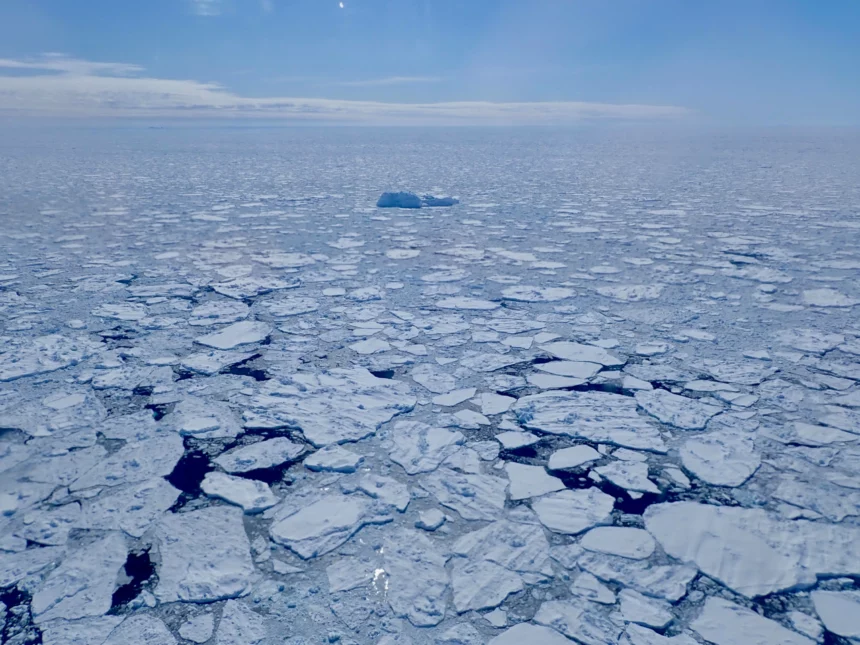In what marks a concerning trend for our planet’s polar regions, Arctic sea ice is reported to have reached its annual minimum extent on September 19, 2023, making it the sixth-lowest year in the satellite record. According to researchers at NASA and the National Snow and Ice Data Center (NSIDC), this decline is an alarming indicator of changing climate dynamics.
Meanwhile, on the other side of the globe, the Antarctic sea ice witnessed an unprecedented low in growth, registering its lowest maximum extent on record on September 10. These polar developments have significant implications for global climate and ecosystems.
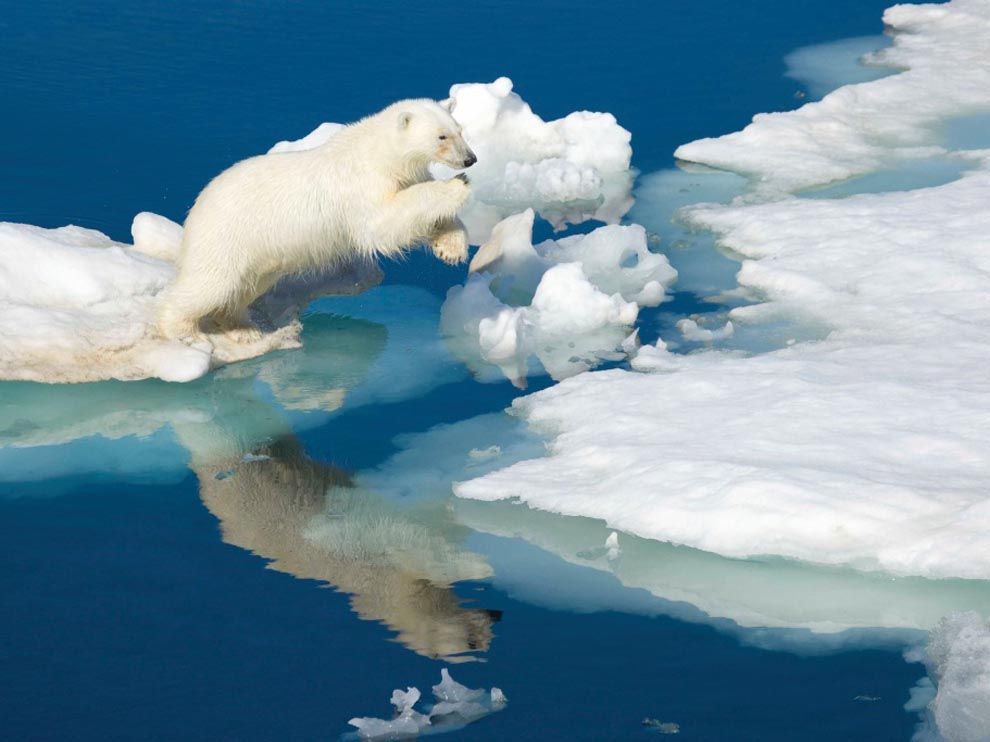
The fluctuation in sea ice levels holds great significance, as it plays a pivotal role in shaping the ecosystems of Earth’s polar regions and exerts a substantial influence on global climate patterns. NASA and NSIDC scientists employ satellites to meticulously track the seasonal and annual changes in sea ice as it melts and refreezes. Sea ice extent, a key metric, is defined as the total area of the ocean where the ice cover fraction is at least 15%.
Between March and September 2023, Arctic sea ice receded from a peak area of 5.64 million square miles to 1.63 million square miles. This decline of roughly 770,000 square miles below the 1981–2010 average minimum is equivalent to an area large enough to cover the entire continental United States.
In contrast, Antarctic sea ice faced a different anomaly. On September 10, 2023, it reached its lowest winter maximum extent at 6.5 million square miles. This figure was 398,000 square miles below the previous record low in 1986, an area approximately the size of Texas and California combined. This notable decrease is in stark contrast to the 1981-2010 average maximum extent of 7.22 million square miles.
Walt Meier, a sea ice scientist at NSIDC, remarked on the significant changes observed in the Arctic. Notably, the Northwest Passage displayed exceptionally low ice levels, which have been occurring more frequently in recent years. These shifts are attributed to long-term responses to rising temperatures, as melting seasons extend due to earlier spring melting and delayed autumn freeze-up.
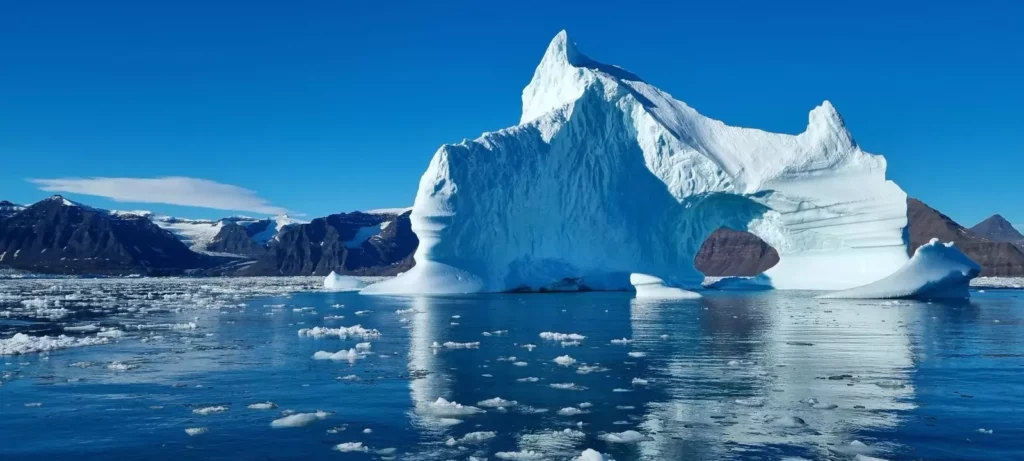
As the Arctic warms at a rate approximately four times faster than the global average, the ice also thins. Thickness at the end of the growth season plays a crucial role in determining sea ice survivability. Researchers are now utilizing advanced satellite technology like NASA’s ICESat-2 to monitor year-round ice thickness.
In an era of rapid climate change, long-term measurements of sea ice are pivotal for understanding the real-time dynamics of the polar regions. According to Nathan Kurtz, lab chief of NASA’s Cryospheric Sciences Laboratory, these measurements help bridge the gap between cutting-edge research and historical data, shedding light on the driving forces behind these dramatic changes.
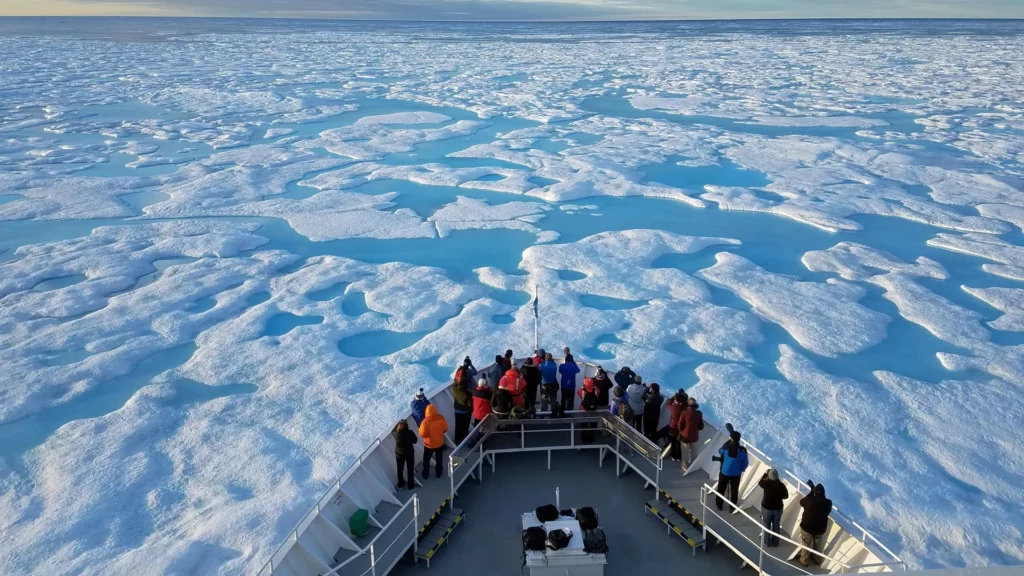
Scientists are actively investigating the causes of the feeble growth of Antarctic sea ice, which may involve complex factors such as El Nino patterns, wind behaviour, and warming ocean temperatures. Recent research underscores the significance of ocean heat in impeding cold-season ice growth and amplifying warm-season melting.
This ongoing decline in Antarctic sea ice extends a trend that began after a record high in 2014. Before 2014, the ice surrounding the continent was showing a slight increase of about 1% per decade. The melting of sea ice at both poles contributes to a feedback loop known as “ice-albedo feedback.” While reflective sea ice sends most of the Sun’s energy back into space, the open ocean absorbs 90% of this energy. With larger areas of the ocean exposed to solar radiation, more heat is absorbed, causing further delays in sea ice growth and contributing to ocean warming.
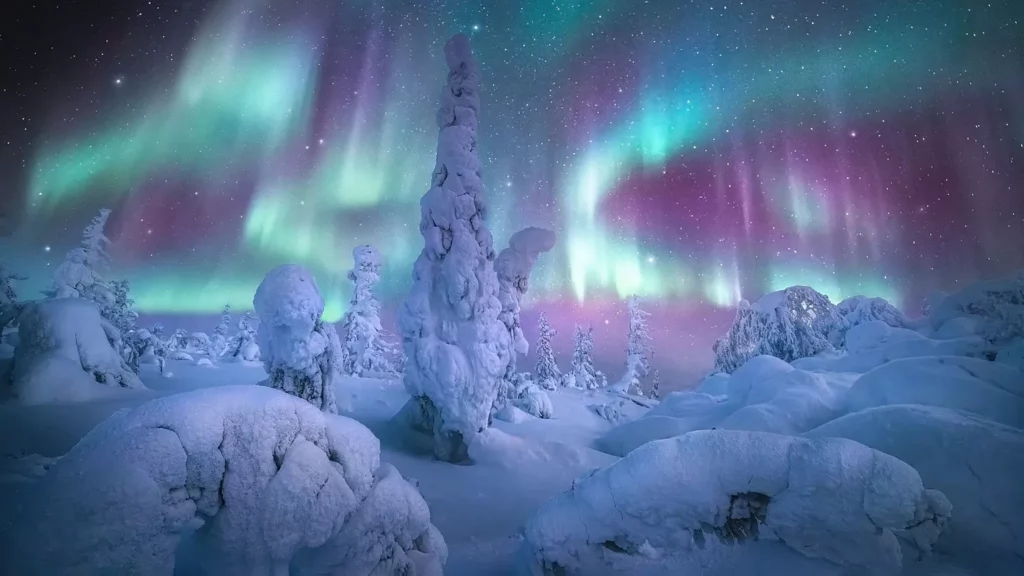
These developments in the polar regions underscore the urgent need for continued research and climate action to address the growing impacts of climate change on Earth’s delicate ecosystems and climate systems.


